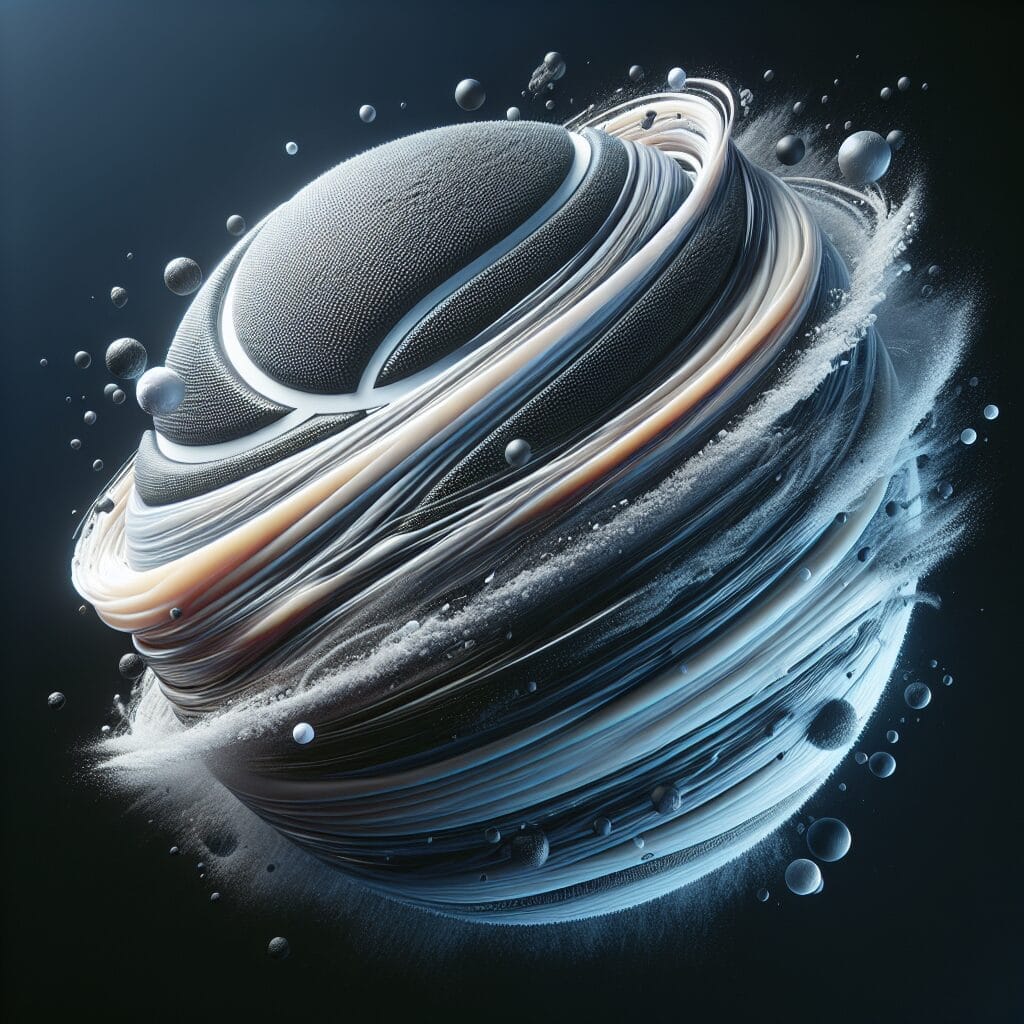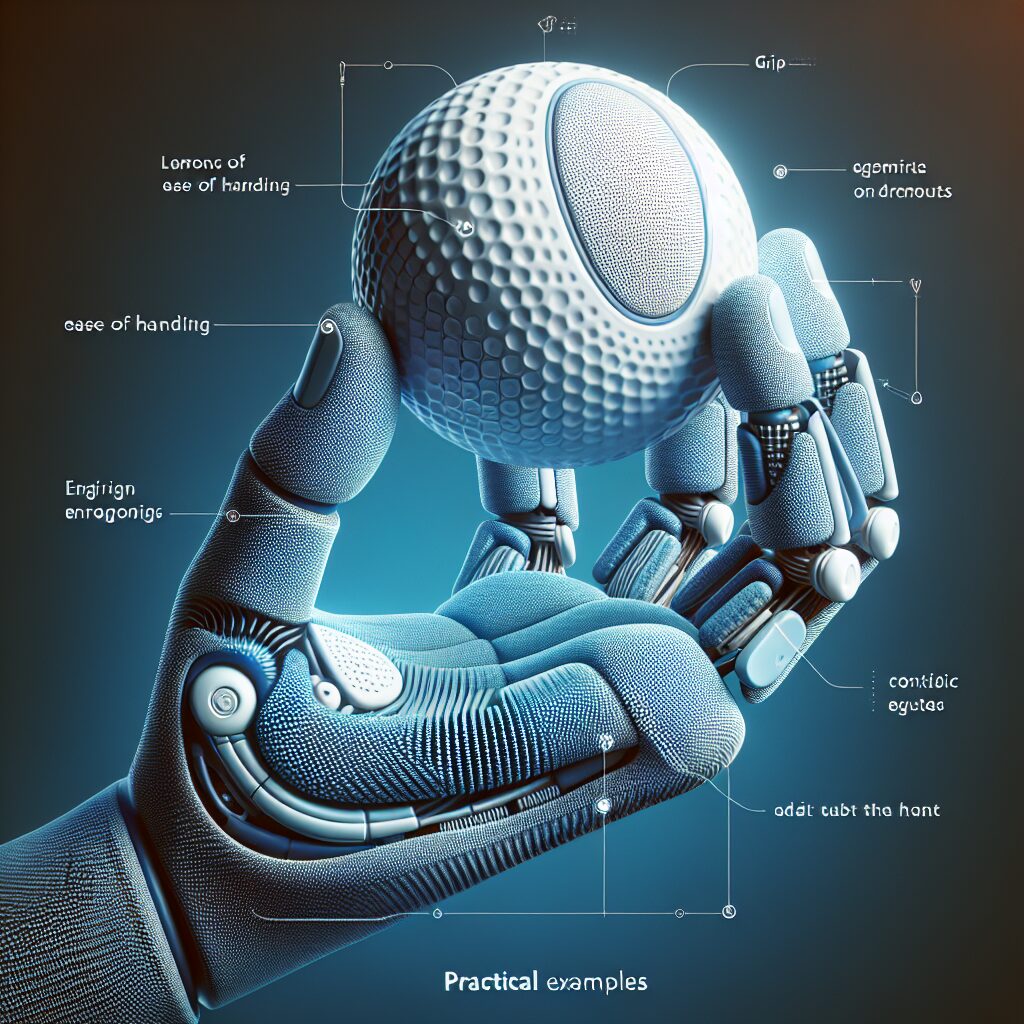Ball Spin and Texture: The Art of Spin Control
Understanding the intricacies of ball spin and texture is vital for any sports enthusiast, particularly those involved in tennis, table tennis, and cricket. Ball spin refers to the rotational movement imparted on the ball, which significantly affects its trajectory, bounce, and flight pattern. Texture, on the other hand, pertains to the surface characteristics of the ball, be it the fuzz on a tennis ball, the pimpled rubber on a table tennis ball, or the roughness of a cricket ball. These two elements, spin and texture, play a crucial role in the art of spin control, influencing the behavior of the ball and allowing skilled players to manipulate their shots with precision.
A ball’s spin and texture have profound impacts on game strategies and outcomes. In tennis, the spin can alter the bounce of the ball, making it more challenging for opponents to return with accuracy or power. Skilled players utilize topspin to create a higher bounce upon landing, making it harder for their opponents to control their shots. Alternatively, backspin can generate a low bounce, forcing opponents to reach down to hit the ball, potentially resulting in errors. In table tennis, the texture of the ball, whether smooth or pimpled, influences the amount of spin that can be generated. The texture interacts with the rubber paddles, enabling players to execute deceptive shots, spin-heavy serves, and unpredictable spins. Likewise, in cricket, the texture of the ball affects both swing and spin bowling, making it challenging for batsmen to predict the movement off the pitch.
As we delve deeper into the fascinating world of ball spin and texture, we will explore the different types of spins in tennis, table tennis, and cricket, along with the techniques employed by athletes to master spin control. We will also discuss the crucial role of ball texture, its evolution throughout the history of these sports, and its influence on game strategies. Moreover, we will analyze famous players known for their exceptional spin control and examine their techniques and training regimens. By the end of this article, readers will gain valuable insights into the art of ball spin and texture, equipping them with a deeper understanding and appreciation for the immense skill required to excel in these sports. So, let’s embark on this exciting journey into the captivating world of spin and texture control!
Key Takeaways
1. Players can use spin to control the trajectory of the ball and create certain types of shots, such as topspin and backspin, by applying different amounts and angles of spin to the ball.
2. The texture of the ball surface can significantly impact the amount of spin generated, with a rougher texture creating more spin compared to a smoother surface.
3. Grip is crucial for achieving effective spin control, as a loose grip can lead to inconsistent shots and less spin, while a strong and firm grip promotes better contact between the racket and the ball.
4. Different types of spin can be used strategically to exploit opponents’ weaknesses and create opportunities for winning shots, with heavy topspin often used to force errors and underspin used to destabilize opponents’ footwork and timing.
5. Developing skill in spin control requires practice and experimentation to find the right combination of grip, stroke, and ball contact point, as well as an understanding of the physics involved in generating and manipulating spin.
What is the Importance of Ball Spin and Texture for Spin Control?
Understanding Ball Spin
When it comes to spin control in sports like tennis, table tennis, or cricket, the concept of ball spin plays a vital role. Ball spin refers to the rotational movement of the ball in the air or on the playing surface. The spin can be clockwise (topspin), counterclockwise (backspin), or sidespin, each producing a different effect on the ball’s trajectory and bounce.
The Influence of Ball Texture
In addition to ball spin, the texture of the ball’s surface also contributes to spin control. The texture affects how the ball grips the surface, allowing players to create more or less spin depending on the desired effect. The roughness or smoothness of the ball influences the amount of friction generated with the playing surface, which directly impacts the spin generated.
Techniques for Spin Control
Mastering spin control requires employing various techniques and skills tailored to each sport. Here are some key techniques used in different sports:
Tennis:
1. Grip: Adopting an appropriate grip, such as the Western or Eastern grip, allows players to generate topspin or slice shots.
2. Racket angle: Adjusting the angle of the racket face at the point of contact with the ball can enhance or reduce spin.
3. Stroke mechanics: The stroke mechanics, including brushing or grazing the ball while applying the desired spin, plays a significant role.
Table Tennis:
1. Wrist movement: Utilizing wrist movement in conjunction with proper hand grip ensures better control over different types of spins.
2. Contact point: Striking the ball at different points on the racket surface produces diverse spin effects.
3. Placement: Strategically placing shots on the table can create opportunities for various spin variations.
Cricket:
1. Finger grip: Bowlers use specific finger placements on the ball to create revolutions and impart spin while bowling.
2. Wrist action: The wrist plays a crucial role in generating spin while delivering the ball.
3. Pitch conditions: Observing the condition of the pitch and adjusting one’s spin bowling technique accordingly is essential.
Tips for Mastering Spin Control
1. Experiment with different racket or ball grips to find the most comfortable and effective technique for generating spin.
2. Practice various strokes and shots, focusing on the angle and contact point with the ball to understand spin control better.
3. Understand the physics behind spin and learn to predict the ball’s trajectory based on the type and amount of spin applied.
4. Analyze and learn from professional players, studying their techniques and strategies for spin control.
5. Adapt and adjust your spin control technique according to the specific playing conditions, such as surface texture or wind direction.
Mastering the Art of Spin Control
As an integral part of many sports, mastering the art of spin control can significantly elevate a player’s performance. By understanding ball spin, texture, and employing appropriate techniques, players can manipulate the game to their advantage, deceiving opponents and gaining a competitive edge.
Frequently Asked Questions:
1. What is ball spin and texture?
Ball spin refers to the rotation that is imparted on the ball when it is struck or manipulated in a certain way. Texture, on the other hand, refers to the surface characteristics of the ball that affect its ability to grip and generate spin.
2. How does spin affect ball trajectory?
The spin of a ball can greatly influence its trajectory. For example, a topspin shot in tennis will cause the ball to dip and accelerate after bouncing, while a backspin shot will create a higher bounce and slower speed.
3. Can ball spin be controlled?
Yes, spin control is an essential skill in many sports. With practice and technique, players can learn to manipulate the spin of the ball to achieve desired effects and gain a competitive advantage.
4. What are some sports that rely heavily on spin control?
Sports such as tennis, table tennis, golf, cricket, and billiards heavily rely on spin control. In these sports, players strategically use spin to deceive opponents, control the ball’s movement, or enhance shot accuracy.
5. How does ball texture affect spin?
The texture of a ball’s surface can significantly impact its ability to generate spin. A rough surface tends to grip the air or playing surface better, producing more spin, while a smoother surface may reduce spin potential.
6. Are there different types of spin?
Yes, there are various types of spin, including topspin, backspin, sidespin, and knuckleball. Each type has unique characteristics and purposes, contributing to the complexity of spin control in different sports.
7. Can spin control improve performance?
Absolutely! Mastering spin control can provide a competitive edge by allowing players to manipulate ball trajectory, enhance shot accuracy, create deception, or add unpredictability to their game.
8. What techniques can be used to enhance spin control?
Techniques such as adjusting grip, changing the angle of the strike, altering follow-through, and utilizing various racket or club angles can all contribute to better spin control in different sports.
9. Does the type of ball affect spin control?
Yes, the type of ball used can significantly impact spin control. Different materials, sizes, and designs can alter the ball’s grip, bounce, and spin potential, further influencing the tactics and techniques required for effective spin control.
10. How can beginners improve their spin control?
Beginners can improve their spin control by taking lessons or seeking guidance from experienced coaches, practicing drills that focus on spin technique, and gradually experimenting with different spins in game situations to develop a better understanding of their effects.
Final Thoughts:
The art of spin control is not just a mere technique, but a strategic skill that can unlock new possibilities in various sports. Mastering the ability to manipulate ball spin and texture can give players a distinct advantage, enabling them to outmaneuver opponents and deliver shots with precision and finesse. It requires patience, practice, and a deep understanding of how spin influences ball trajectory. By honing these skills, athletes can elevate their game and explore the complexities of spin control.
Whether you’re an aspiring professional or a recreational player, delving into the world of spin control can bring a new dimension to your sporting endeavors. Embrace the challenge, embrace the art, and let the mastery of ball spin and texture add excitement and versatility to your performance.




